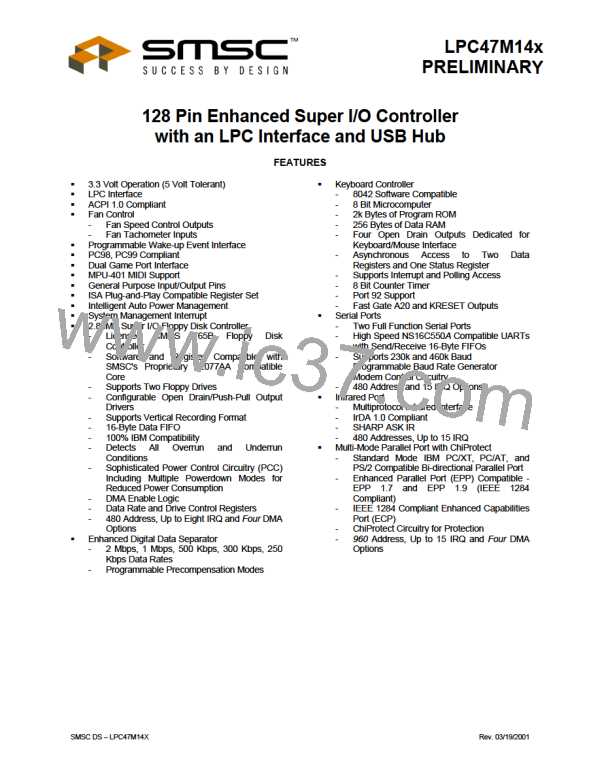Table 46 – Channel/Data Commands supported in ECP mode
Forward Channel Commands (HostAck Low)
Reverse Channel Commands (PeripAck Low)
D7
D[6:0]
0
Run-Length Count (0-127)
(mode 0011 0X00 only)
1
Channel Address (0-127)
Data Compression
The ECP port supports run length encoded (RLE) decompression in hardware and can transfer compressed data to a
peripheral. Run length encoded (RLE) compression in hardware is not supported. To transfer compressed data in ECP
mode, the compression count is written to the ecpAFifo and the data byte is written to the ecpDFifo.
Compression is accomplished by counting identical bytes and transmitting an RLE byte that indicates how many times
the next byte is to be repeated. Decompression simply intercepts the RLE byte and repeats the following byte the
specified number of times. When a run-length count is received from a peripheral, the subsequent data byte is replicated
the specified number of times. A run-length count of zero specifies that only one byte of data is represented by the next
data byte, whereas a run-length count of 127 indicates that the next byte should be expanded to 128 bytes. To prevent
data expansion, however, run-length counts of zero should be avoided.
Pin Definition
The drivers for nStrobe, nAutoFd, nInit and nSelectIn are open-collector in mode 000 and are push-pull in all other
modes.
LPC Connections
The interface can never stall causing the host to hang. The width of data transfers is strictly controlled on an I/O address
basis per this specification. All FIFO-DMA transfers are byte wide, byte aligned and end on a byte boundary. (The
PWord value can be obtained by reading Configuration Register A, cnfgA, described in the next section). Single byte
wide transfers are always possible with standard or PS/2 mode using program control of the control signals.
Interrupts
The interrupts are enabled by serviceIntr in the ecr register.
serviceIntr = 1
Disables the DMA and all of the service interrupts.
serviceIntr = 0 Enables the selected interrupt condition. If the interrupting condition is valid, then the interrupt is
generated immediately when this bit is changed from a 1 to a 0. This can occur during Programmed
I/O if the number of bytes removed or added from/to the FIFO does not cross the threshold.
An interrupt is generated when:
1) For DMA transfers: When serviceIntr is 0, dmaEn is 1 and the DMA TC cycle is received.
2) For Programmed I/O:
a) When serviceIntr is 0, dmaEn is 0, direction is 0 and there are writeIntrThreshold or more free bytes in the
FIFO. Also, an interrupt is generated when serviceIntr is cleared to 0 whenever there are writeIntrThreshold or
more free bytes in the FIFO.
b) When serviceIntr is 0, dmaEn is 0, direction is 1 and there are readIntrThreshold or more bytes in the FIFO.
Also, an interrupt is generated when serviceIntr is cleared to 0 whenever there are readIntrThreshold or more
bytes in the FIFO.
3) When nErrIntrEn is 0 and nFault transitions from high to low or when nErrIntrEn is set from 1 to 0 and nFault is
asserted.
4) When ackIntEn is 1 and the nAck signal transitions from a low to a high.
SMSC DS – LPC47M14X
Page 92
Rev. 03/19/2001

 SMSC [ SMSC CORPORATION ]
SMSC [ SMSC CORPORATION ]